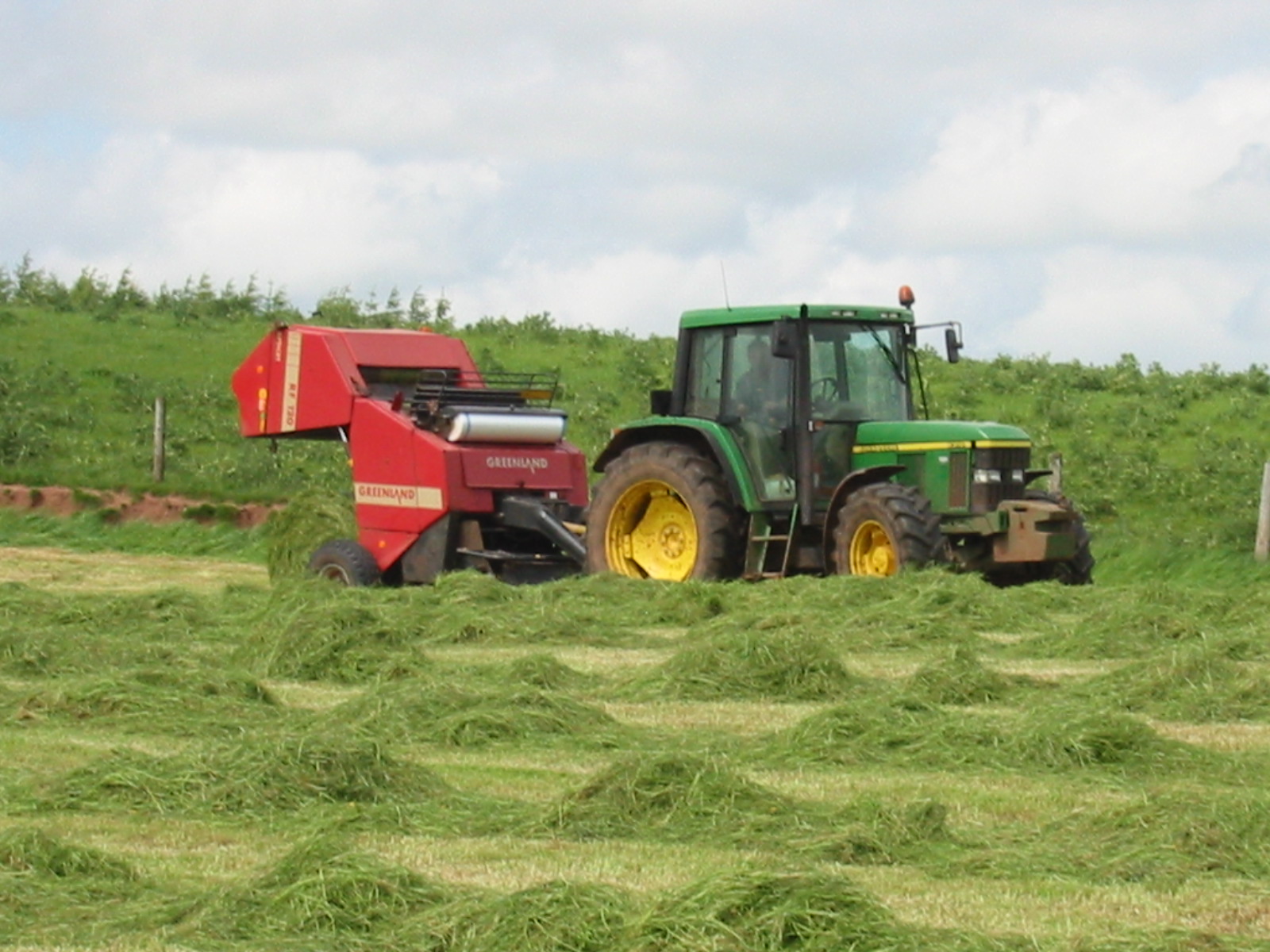They have warned that the combination of May’s cool damp weather and now lush heavy grass is a recipe for increasing the volume of silage effluent produced.
And they have shared a list of things to consider when making silage this year:
• Before cutting silage, ensure effluent tanks are empty and fit for purpose.
• Ensure all associated effluent drainage channels and pipes leading to tanks are clear of blockages.
• Install drainage piping around the inside of the pit to improve drainage and relieve the effluent pressure on floor and walls.
• During ensiling, inspect effluent collection channels frequently to ensure they are kept free running and not blocked.
• Inspect tank levels regularly until the effluent release from the ensiled grass has ceased.
• If a pump sump arrangement is used, ensure the pump is working and has a high level alarm fitted with a dedicated electrical supply.
• When tanks are 2/3 full, remove effluent and spread it to land when conditions allow. Never allow the tank to overflow.
• When the pit is covered, ensure the ensiled grass does not extend beyond the effluent drainage channel. Regularly inspect the channels to prevent any blockages.
• Ensure that the polythene cover extends beyond the effluent drainage channel and all clean water from the polythene is directed away into the clean water drainage system.
• Regularly inspect field drains and any watercourses downstream of the steading once silage making begins. Take immediate corrective action if any contamination is suspected. Ensiled grass can release up to 30 litres of effluent per tonne for the first 7 -10 days after ensiling.
• Do not overfill pits. This is dangerous from a health and safety point of view and can also result in a collapse of the silage pit wall. If the design volume of the silage pit is inadequate for the amount of silage you wish to harvest, fill the pit to the design limit and bale the remainder of the cut grass.
• If you observe silage effluent leaking from the pit, you must ensure that immediate action is taken to prevent effluent entering any surface water drains or watercourses. Break the pathway of the effluent to the drain or watercourse by exposing field drains, digging and lining an earth sump to contain the effluent. This sump will require daily inspection and emptying.
Anyone finding effluent escaping or a structure failing should contact SEPA for immediate advice by either emailing [email protected] or phone the hotline, 0800 807060.























